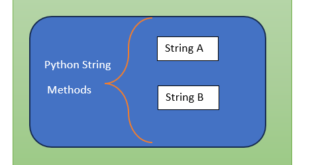History of Python:
Python is simple to use, but it is a real programming language, offering much more structure and support for large programs than shell scripts or batch files can offer. On the other hand, Python also offers much more error checking than C, and, being a very-high-level language, it has high-level data types built in, such as flexible arrays and dictionaries. Because of its more general data types Python is applicable to a much larger problem domain than Awk or even Perl, yet many things are at least as easy in Python as in those languages. Python is widely used in Data analytics. Python can be used on a server to create web applications.
Programming paradigm of python are functional, imperative, object oriented and reflective. It was designed by Guido Van Rossum and released on 1991.
Python was conceived in the late 1980’s as a successor to the ABC language. Python 2.0, released 2000, introduced features like list comprehensions and a garbage collection system capable of collecting reference cycles. Python 3.0, released 2008, was a major revision of the language that is not completely backward-compatible, and much Python 2 code does not run unmodified on Python 3. Due to concern about the amount of code written for Python 2, support for Python 2.7 (the last release in the 2.x series) was extended to 2020. Language developer Guido van Rossum shouldered sole responsibility for the project until July 2018 but now shares his leadership as a member of a five-person steering council.
Python used in web development (Django and Bottle), mathematical computing (Orange, SymPy, NumPy), gui’s like PyGame, Panda 3D.
Python is released under GNU General Public License by Python software foundation.
 IT2EDU Empowering Education Through Technology
IT2EDU Empowering Education Through Technology

